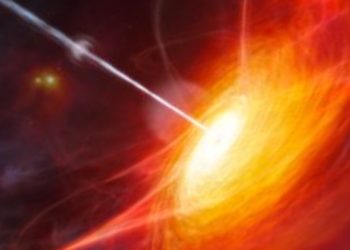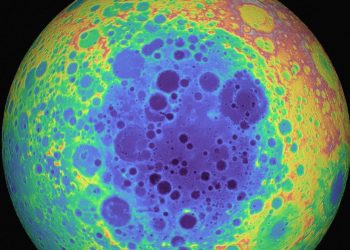About 4.6 billion years ago, a celestial cloud collapsed, paving the way for the formation of our solar system. Then, a nebula with strong gravitational attraction took shape, triggering the birth of the sun. But after that, the details leave more room for debate about which planets formed first.
So what do we know about which planets emerged early and which developed later?
“It’s complex: there is no simple answer to measuring time in space,” Michael Meyerchair of the astronomy department at the University of Michigan, told Live Science. “It’s the hardest thing to do in astronomy.”
The most commonly accepted explanation for the formation of the eight planets in our solar system is called accretion: when small particles of gas and dust collide and stick together, allowing them to gain time. gravitational pull and grow over time.
A popular theory, which assumes that accretion took place, is that the large planets began to form first, far from the sun, according to NASA. As they grew, they moved outward, giving way to the formation of terrestrial and rocky planets. These formations took place closer to the sun and millions of years later (a relatively short time in astronomical terms).
“To form a gas giant planet, you need to have enough gas to form a gas giant planet. Jupiter “- and that gives us a hard upper limit on how long it takes to form a gas giant,” Meyer said. “If you don’t start the whole process quickly enough and the gas disappears, then you can’t create a gas giant. That’s why we think gas giants formed first.”
But a competing theory, called the streaming instability model, offers a different explanation. By allowing planets to gather mass more spontaneously, this theory could enable an entirely different sequence.
“I would say that perhaps the terrestrial planets formed first, and then the giant planets simply stopped forming when there was no more gas,” Cauê Borlinaassistant professor of planetary sciences at Purdue University, told Live Science. “After that, it becomes a chaotic buildup.”
Determining the age of a planet
Scientists are still debating which theory best explains the formation of the solar system. But even the way they think about the age of a planet isn’t simple.
“There are two different ways of thinking about the age of a planet” Gaia Stucky from Quayan MIT planetary scientist, told Live Science. Instead of dating a planet based on where it came from, some scientists focus their attention on its surface.
“The way I think about ages is more about the surface, because surfaces can be very old, like a preserved surface, or surfaces can be very young if things are still happening.” like active plate tectonicssaid Stucky from Quay.
One method scientists use to determine the age of a planet is to manually count the craters on its surface. From this point of view, Earth could be considered the youngest planet, because its surface is continually changing, with Venus And March to come, she said.
Unfortunately, the limitations of current planetary dating methods mean that scientists can only estimate the age of each planet. And because even a small margin of error can represent millions of years in human history. universeresearchers are still working to gather data in order to reconstruct a more precise timeline.
“If we are ever going to try to get a complete picture of how and when planets form, I think samples are a crucial part of that,” Borlina said. “And some places are a little harder than ours to get samples, but we have samples are currently on Mars I’m just waiting for us to bring them back.”









